Going on a safari definitely offers a unique opportunity and one in a life time opportunity to see some of nature’s most majestic creatures up close. One of the most popular animals tourists go to see are lions. Funnily enough, although you wouldn’t want to come across a lion in the wild, these lions do not usually attack humans on safari vehicles. This phenomenon can be attributed to different factors. Join us as we explore these factors.
The Safari Vehicle

Lions, like many wild animals, interpret large, inanimate objects as part of their natural environment. Safari vehicles, often large and imposing, are perceived by lions as a single, unified entity rather than a collection of vulnerable humans! This perception makes lions view the vehicle as a non-threatening “beast” or presence in their habitat.
Neither Danger Or Food

Lions living in popular safari regions become acquainted to the presence of vehicles. They learn that these large, mobile objects do not pose a threat and often ignore them entirely. This habituation is a result of repeated exposure without any negative consequences, leading lions to associate safari vehicles with neither danger or food.
Facts About Lions’ Interaction with Safari Vehicles

- Size and Shape: The size and shape of safari vehicles make them scary to lions. The vehicles are large, minimising the likelihood of triggering a predatory response.
- Scent and Sound: Vehicles give off scents and sounds unfamiliar to lions. The scent of fuel and the sound of engines do not resemble those of any natural prey.
- Lack of Movement: Passengers in safari vehicles are told to remain still and quiet. This lack of movement makes sure the lions do not perceive the occupants as separate entities that could be targeted.
What is the Average Size of a Lion?
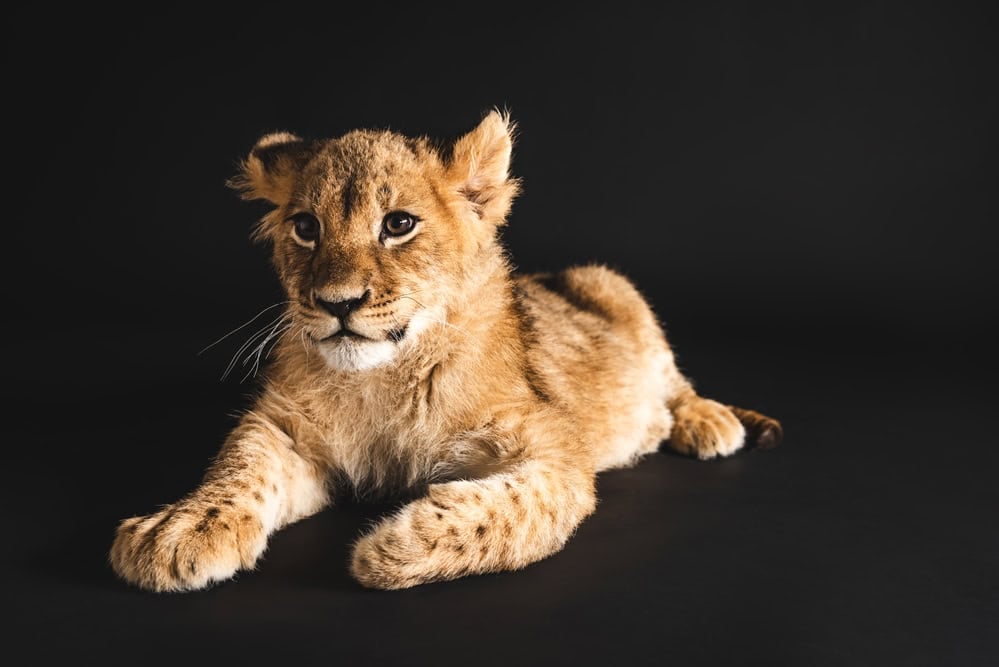
Adult male lions weigh between 330 to 550 pounds and measure about 8 to 10 feet in length. Females are smaller, weighing between 270 to 400 pounds and measuring around 7 to 9 feet in length.
How Long is a Lion’s Tail?
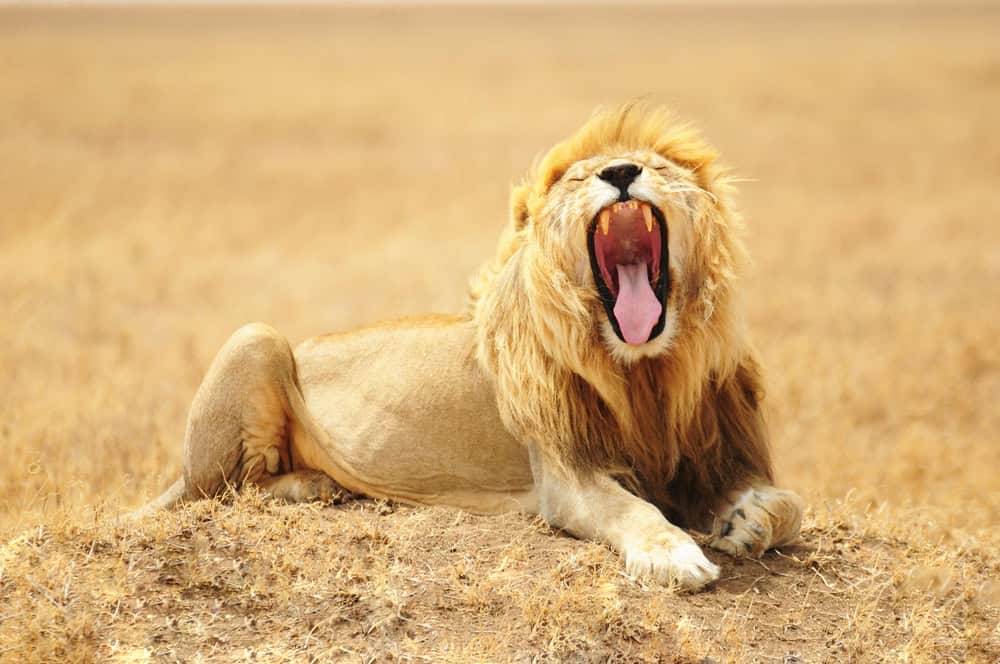
A lion’s tail can measure between 2 to 3 feet in length.
What Color is a Lion’s Fur?

Lion fur ranges from light buff to silvery gray, yellowish red, and dark brown. Cubs are born with spots that fade as they grow older.
What is the Mane of a Male Lion?

The mane is a large, bushy area of fur around a male lion’s neck and shoulders. It can vary in color from blonde to black and serves as a sign of maturity and health, as well as a protective shield during fights.
How Sharp are a Lion’s Claws?

Lions have retractable claws that can grow up to 1.5 inches long.
How Strong is a Lion’s Bite?
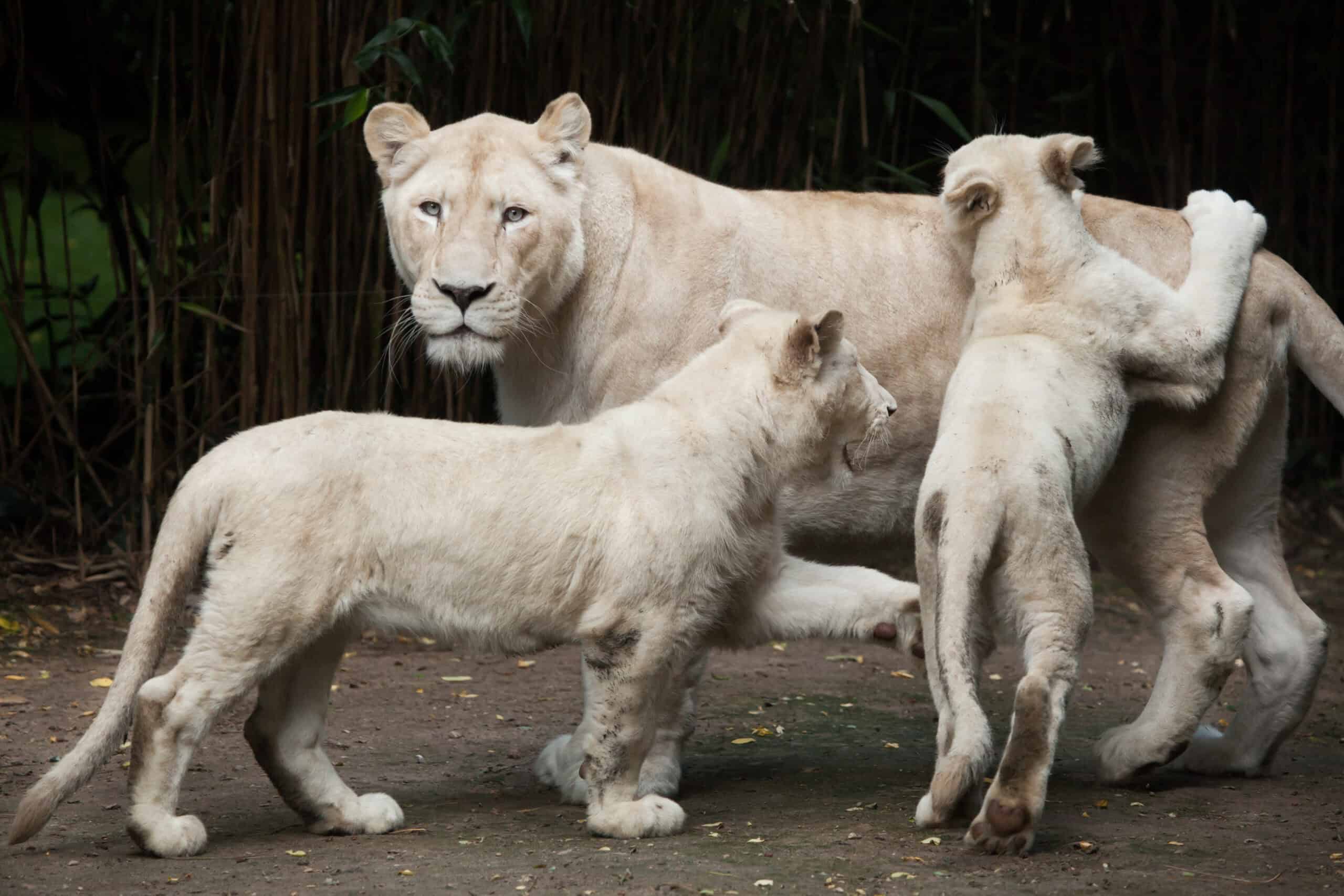
Lions have strong jaws. Their bite is estimated at around 650 PSI (pounds per square inch)!
What are the Features of a Lion’s Teeth?
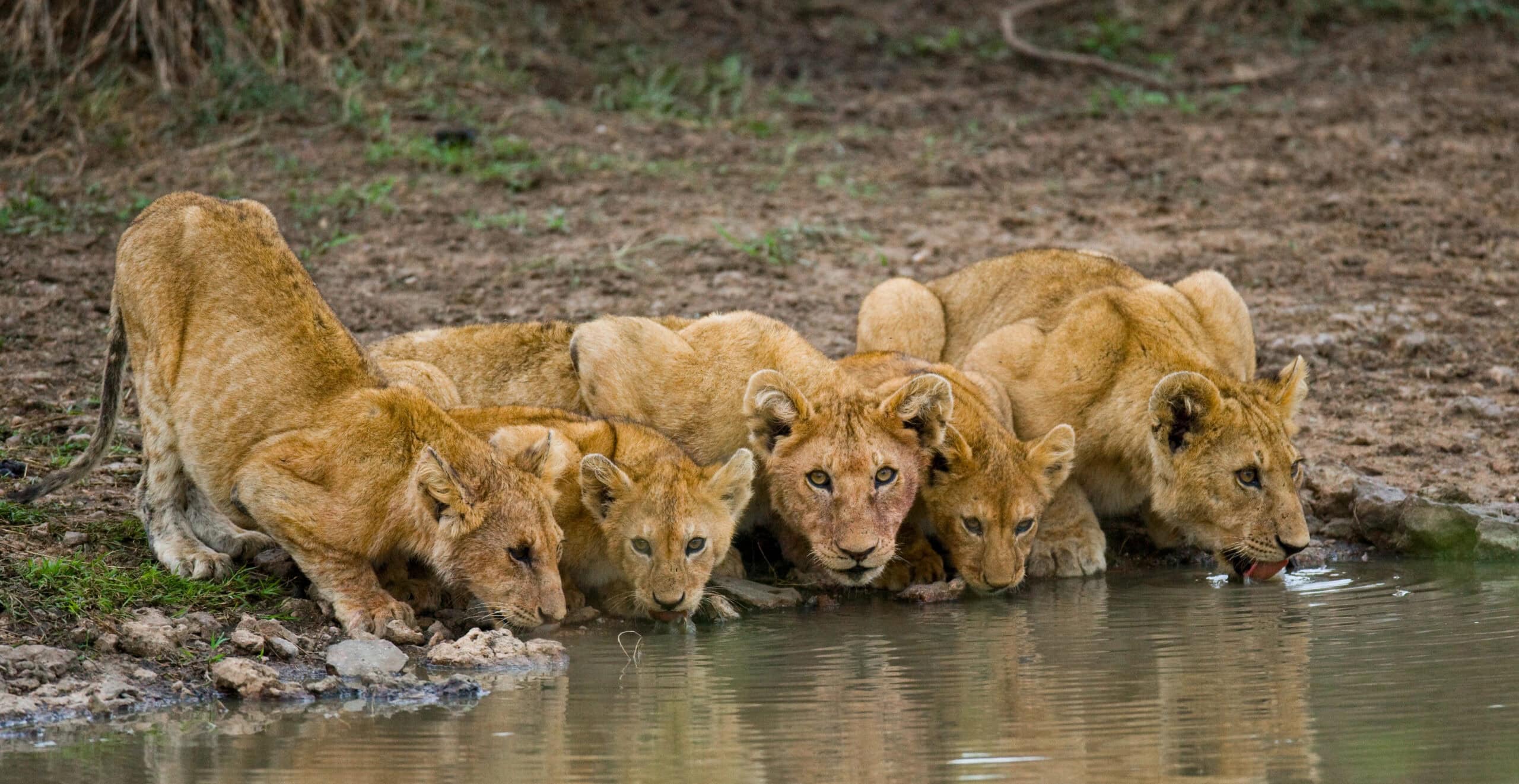
Lions have 30 teeth, including long canines that can measure up to 4 inches.
How Good is a Lion’s Vision?
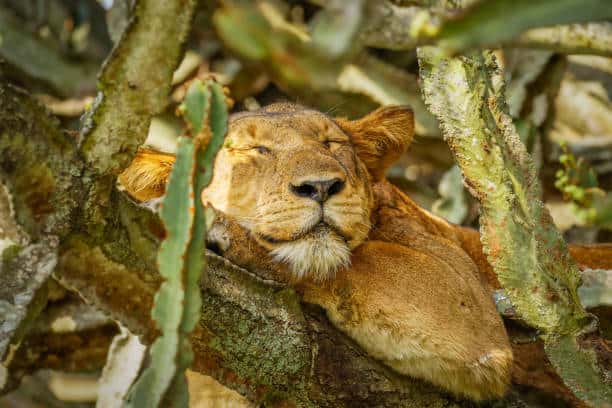
Lions have good night vision, six times more sensitive to light than humans!
How Acute is a Lion’s Hearing?

Lions have an acute sense of hearing and can hear prey up to a mile away. They can also rotate their ears to hear more sounds.
What is the Function of a Lion’s Whiskers?

Lions have sensitive whiskers on their faces that help them detect their surroundings.
How Fast Can a Lion Run?

Lions can run at speeds of up to 50 miles per hour, but only in short stints as they lack endurance.
How Strong are a Lion’s Legs?
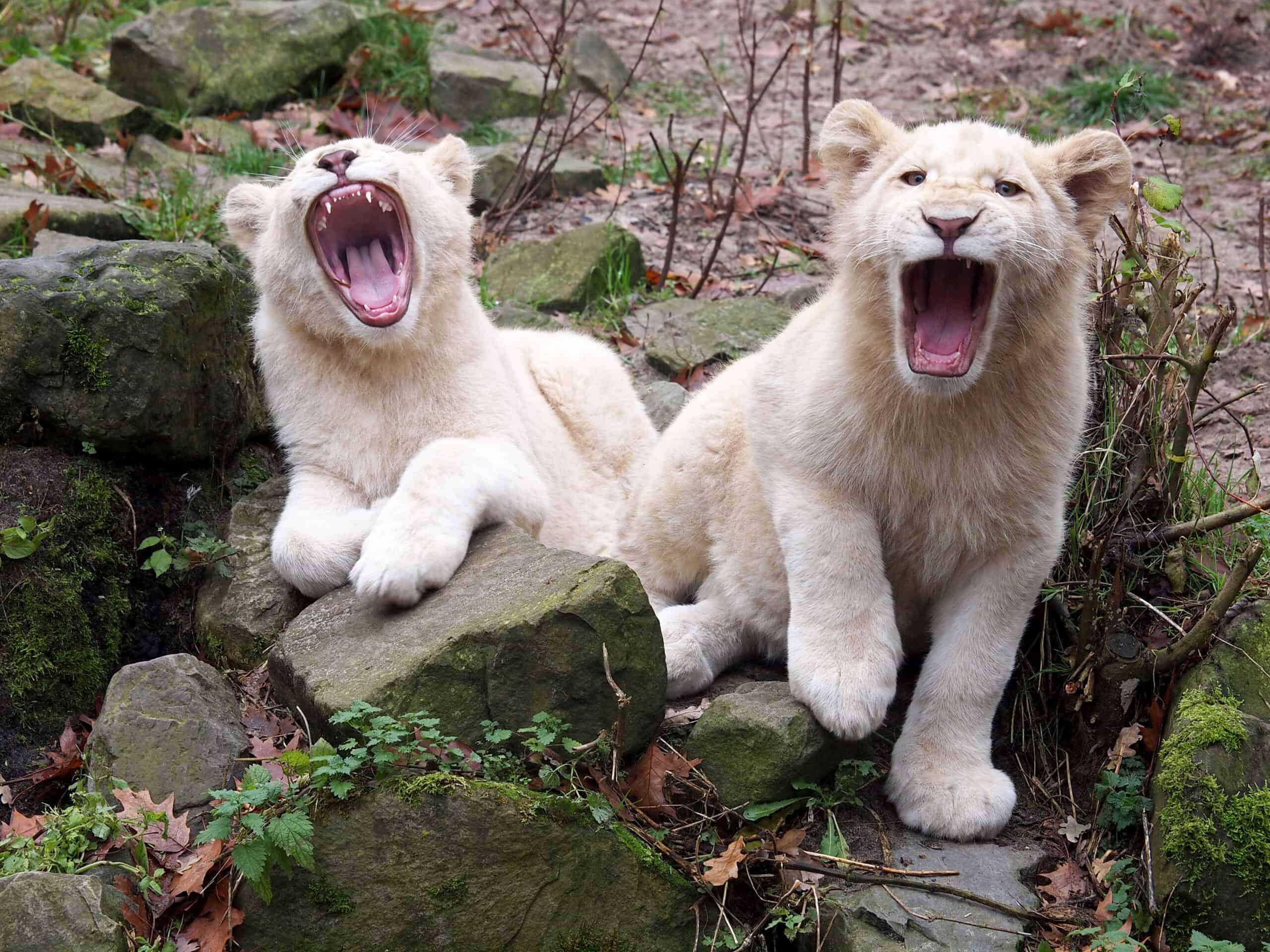
Lions have powerful, muscular legs that let them jump up to 36 feet in a single leap.
What is the Structure of a Lion’s Tongue?

A lion’s tongue is covered in rough, spiny papillae which help scrape meat off bones and also play a part in grooming.
How Do Lions Communicate?

Lions communicate through a combination of vocalizations, body language, and scent marking.
What is the Social Structure of Lions?

Lions are social animals, living in groups called prides. These prides consist of related females, their offspring, and a small number of males.
How Do Lions Mark Their Territory?

Lions mark their territory using scent markings from urine, feces, and glandular secretions. Let’s not forget their powerful roar that scares off intruders.
How Do Lions Hunt?

Lions are cooperative hunters, often working in groups to stalk and ambush prey. Females do most of the hunting.
Wrap Up

Overall, going on a safari gives us an unforgettable opportunity to see nature’s most majestic animals! One of the most amazing ones to witness, the lion, do not perceive safari vehicles as a threat or as prey. This is thanks to factors such as the vehicles’ size, shape, unfamiliar scents and sounds. Additionally, it is also the behavior of their occupants.
Thanks for reading along, for more check out our related article link below!
Next up:
Join our Forum for free today!

- Huge Pet Bison Breaks Into House - July 22, 2024
- Giant Black Bear Surprises Beachgoers by Emerging from the Ocean in Florida - July 22, 2024
- Brave Man Plays Instrument While Huge Bear Caresses His Shoulder - July 22, 2024

